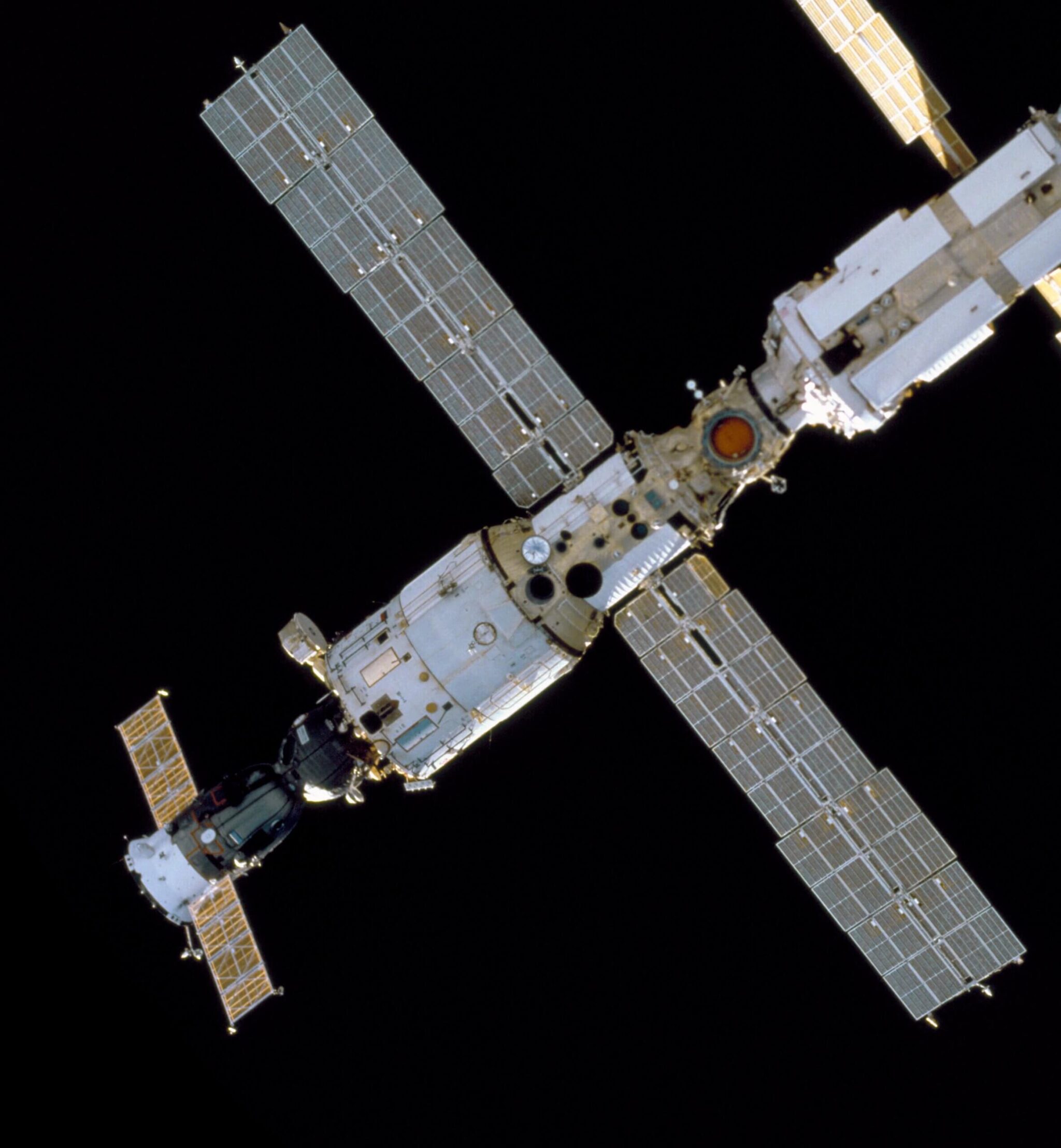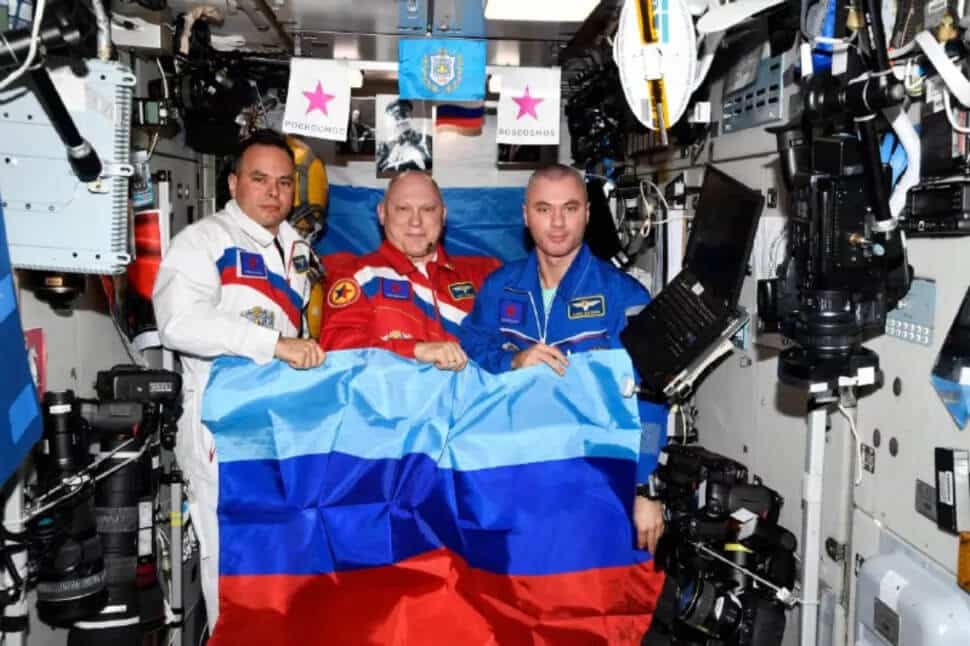By Wendy Whitman Cobb, Professor of Strategy and Security Studies, Ayr University

Russia intends to withdraw from the International Space Station (ISS) after 2024, according to an announcement by Yuri Borisov, the new head of the Russian space agency Roscosmos, in a meeting with Vladimir Putin on July 26, 2022. Borisov also said that future efforts will focus on a new Russian space station.
Current agreements on the space station ensure its operation until 2024, and the station needs Russian modules to stay in orbit. The USA and its partners Requests to extend the life of the station until 2030. Russia's announcement, while not a violation of any agreement or an immediate threat to the station's daily operations, marks the culmination of months of political tensions involving the International Space Station.
During its 23 years of existence, the station has been an important example of how Russia and the US can work together despite being former rivals. This cooperation is particularly significant against the background of the deterioration of relations between the countries in recent years. While it remains unclear whether the Russians will follow through on this announcement, it adds significant emphasis to the launch of the most successful international cooperation in space ever. as a researcher which investigates the space policy, I think the question now is whether political relations have become so bad that working together in space becomes impossible.
The Zvezda module, at the bottom left of this image, is one of six Russian segments of the International Space Station and houses the engines used to keep the station in orbit. Nas | A
What will this retreat look like?
Russia operates six Of the station's 17 modules including Zvezda, which houses the main engine system. These engines are essential to the station's ability to stay on track And also to the way it is deflected to avoid collision with space debris. According to the space station agreements, Russia retains full control and legal authority over its modules.
At present it is not clear how Russia's withdrawal will be carried out. Russia's announcement only talks about "after 2024". In addition, Russia has not said whether it will allow the ISS partnership to take over the Russian modules and continue to operate the station or whether it will require the modules to be shut down entirely.
Given that the Russian modules are necessary to operate the station, it is not clear If the station can operate without them. It is also unclear whether it will be possible to separate the Russian modules from the rest of the ISS, as the entire station was designed to be connected.
If and when Russia decides to withdraw from the station, the partner countries will have to make difficult decisions whether to destroy the ISS completely or find creative solutions to keep it in the sky.
The continuation of political tensions
The announcement of the withdrawal is the latest in a series of events involving the ISS that have occurred since Russia first invaded Ukraine in February. Russia's decision to leave should not have a significant impact on the day-to-day functioning of the ISS. Like several minor incidents that have happened in recent months, this is more of a political action.

The first incident occurred in March, when three cosmonauts Russians came out of their capsule In yellow and blue flight suits that were similar in color to the Ukrainian flag. Despite the similarity, Russian officials have never talked about the coincidence. Then, on July 7, 2022, NASA publicly criticized Russia For apparently presenting a propaganda image. In the photo, the three Russian cosmonauts pose with flags associated with the regions of eastern Ukraine occupied by Russian forces.
There were no disruptions in the operation of the station itself. The astronauts on the station continue to perform dozens of experiments every day, as well to perform joint spacewalks. But one significant effect of the rising tensions has been Termination of Russian participation in joint experiments with European countries on board the space station.
The Russians haven't released too much so far
Information on how Russia's withdrawal will affect the use of its modules, in the short term, the biggest effects appear to be on scientific experiments.
Why now?
It is unclear why Russia announced this now.
Tensions around the International Space Station have been high since the Russian invasion of Ukraine began in February 2022. At the time, Dmitry Rogozin, then head of Roscosmos, hinted that Russia leaving the ISS might be a possibility. However, Rogozin was recently fired, and NASA and Roscosmos announced about Changing seats for the station. Under this deal, an American astronaut will be launched to the station on a future Soyuz mission while a cosmonaut will be launched on an upcoming SpaceX Dragon launch. The two moves together hinted that the two sides might still be able to find ways to work together in space, but that impression appears to have been mistaken.
The announcement also comes at a time when the US is considering the future beyond the ISS. NASA is currently in the first phase of Development of a commercial space station as a replacement for the orbital laboratory. While accelerating the development of this new space station will be difficult, it signals that the International Space Station is nearing the end of its fruitful and inspiring life, no matter what Russia does.
For an article in The Conversation
More of the topic in Hayadan:
- An experimental spacecraft for escaping passengers and unloading equipment from the International Space Station has been lost in Russia
- NASA evacuated the space center in Houston and transferred control of the space station to Russia
- NASA is forced to rely on Russian-made propellers to navigate the space station due to a malfunctionRussia conducted an anti-satellite weapon test in which a downed satellite exploded and the resulting debris threatens the international and Chinese space stations
- The war on science is getting a step higher: we must restore trust in science to save democracy and the future of humanity
